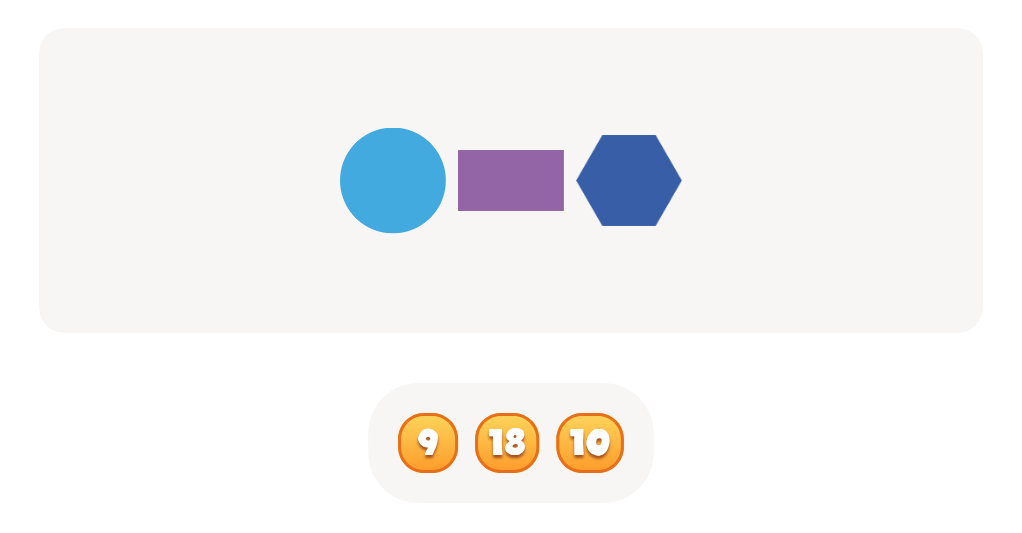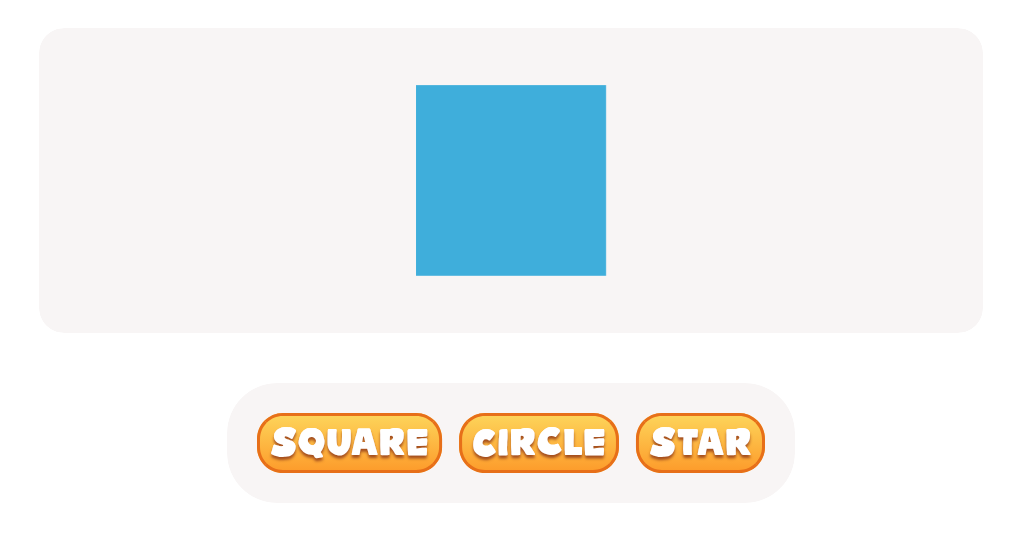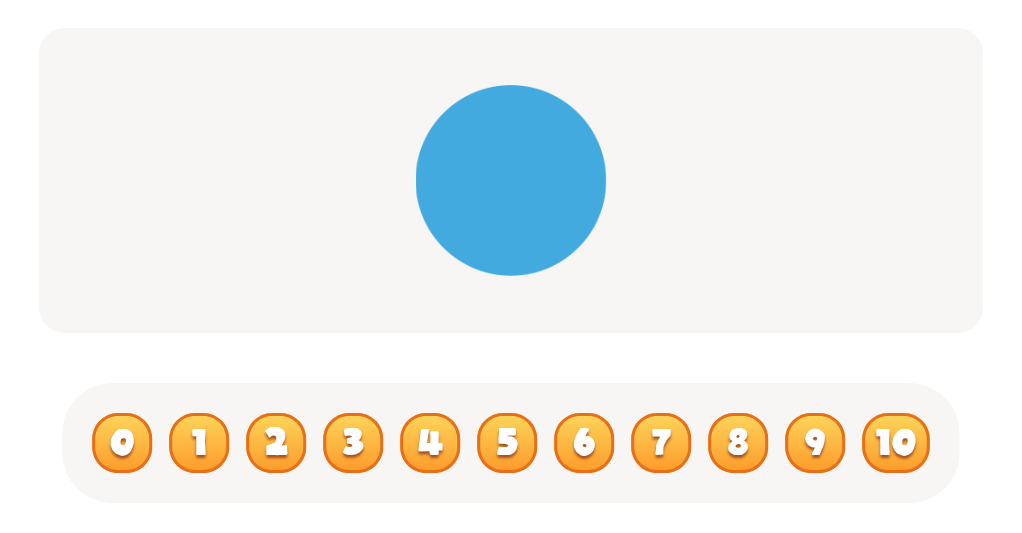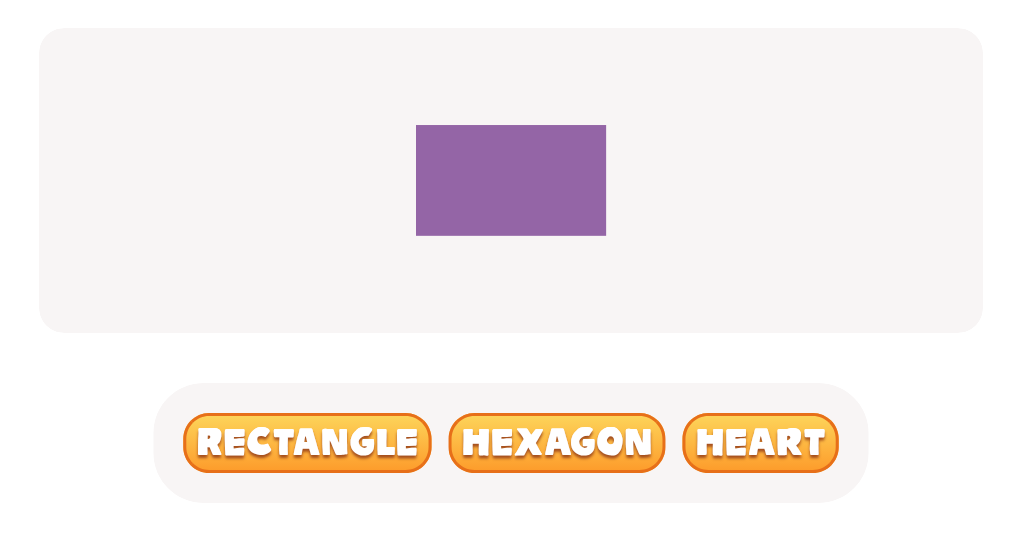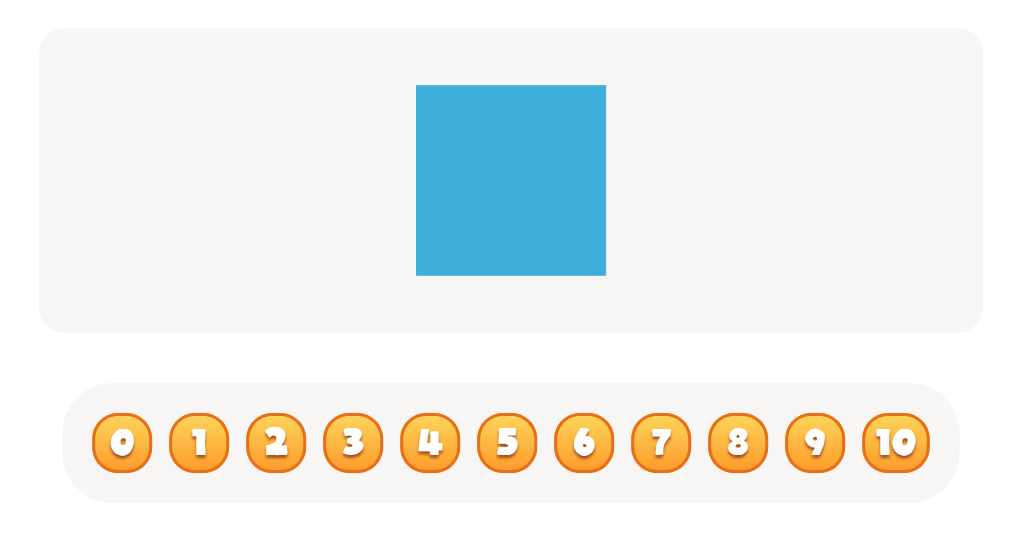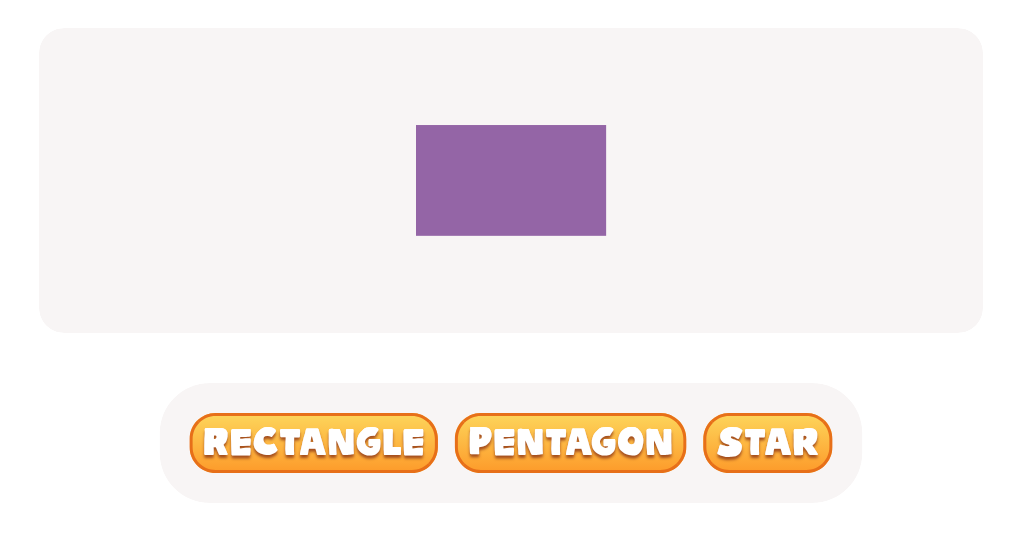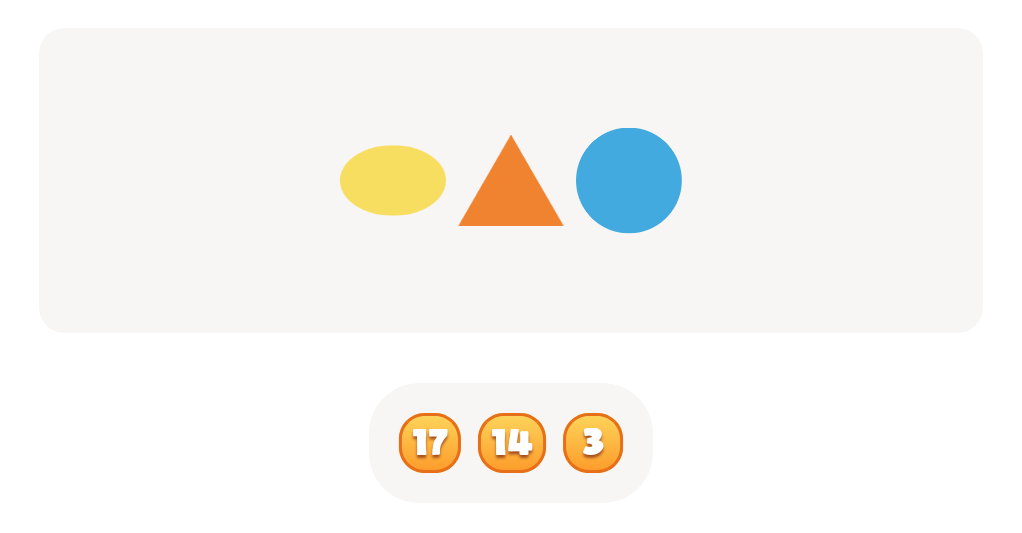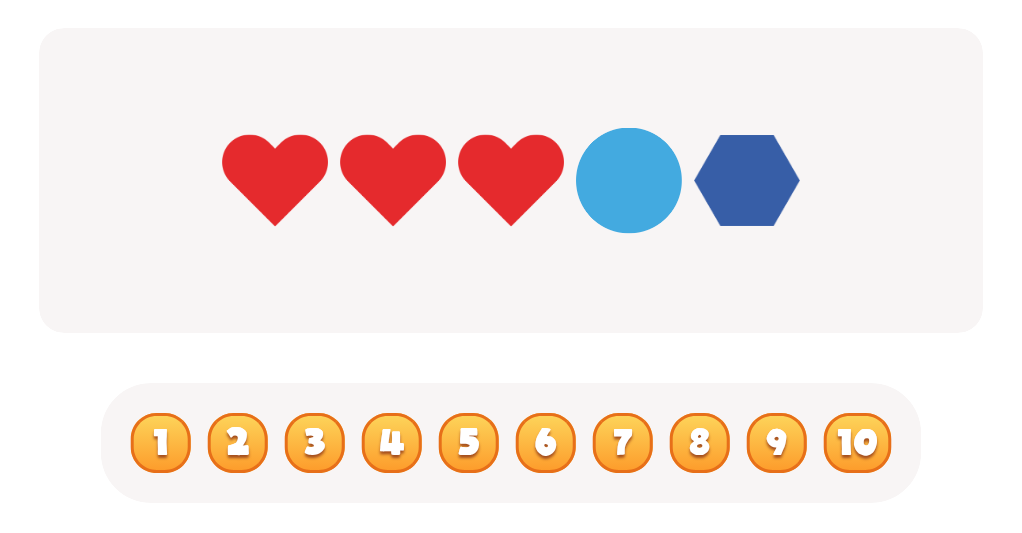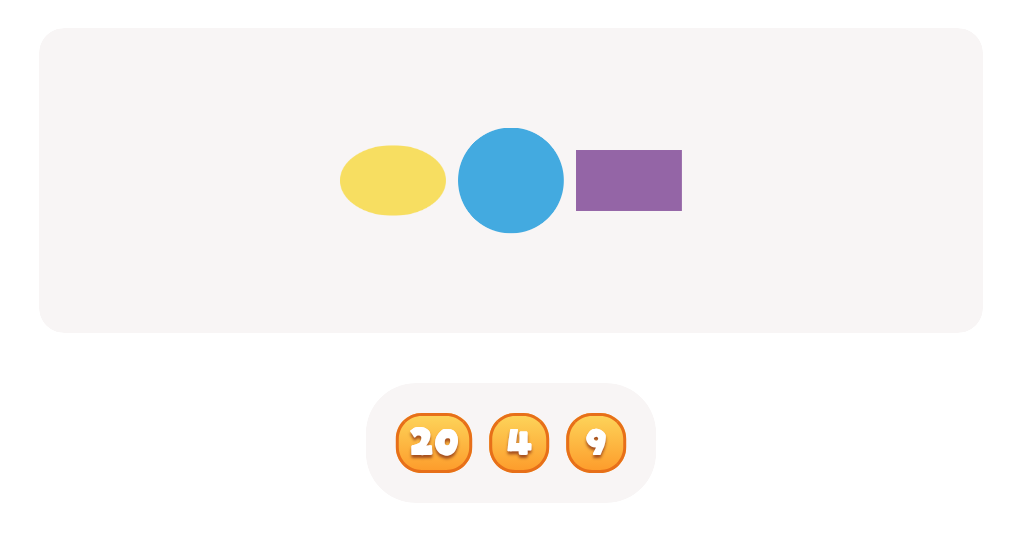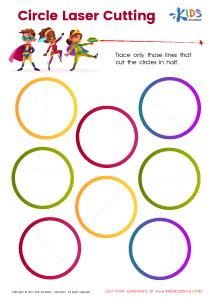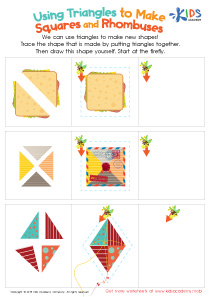Normal 2D Shapes Worksheets for Ages 7-9
5 filtered results
-
From - To
Explore our engaging Normal 2D Shapes Worksheets designed for children ages 7-9! These interactive sheets help young learners master essential geometry concepts through fun activities that include identifying, drawing, and comparing various 2D shapes. Ideal for classroom use or at-home practice, our worksheets promote critical thinking and visual awareness. Each exercise is crafted to enhance students' confidence and skills in recognizing shapes like circles, squares, triangles, and more. With colorful visuals and easy-to-follow instructions, these resources make learning about 2D shapes enjoyable and effective. Download the worksheets today and give your child a head start in their mathematical journey!
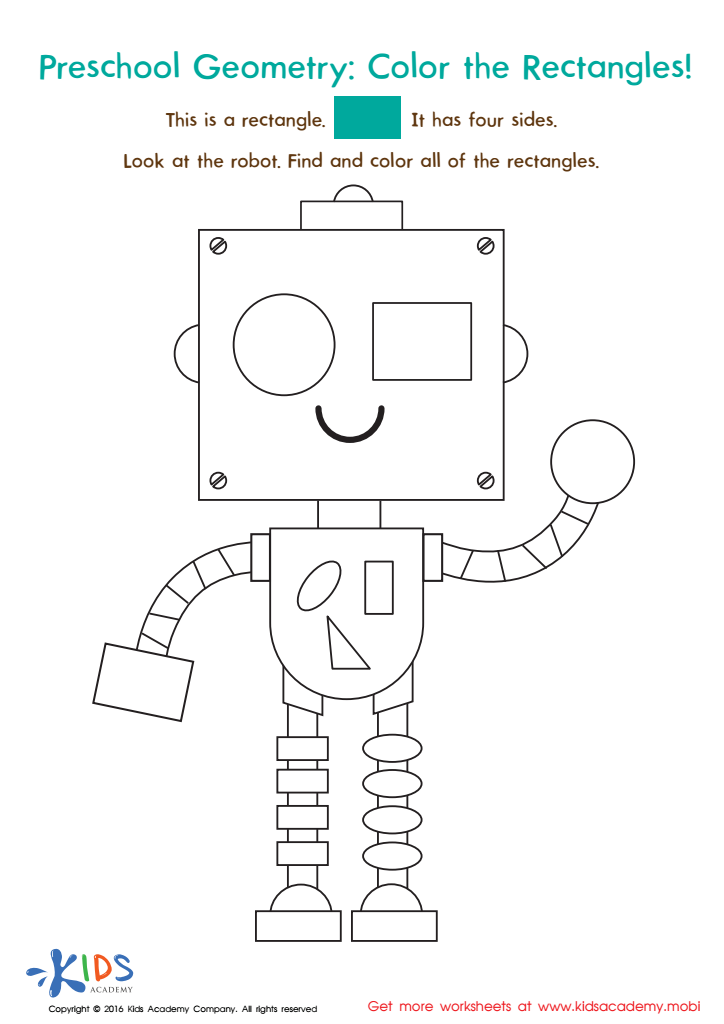

Geometry Worksheet
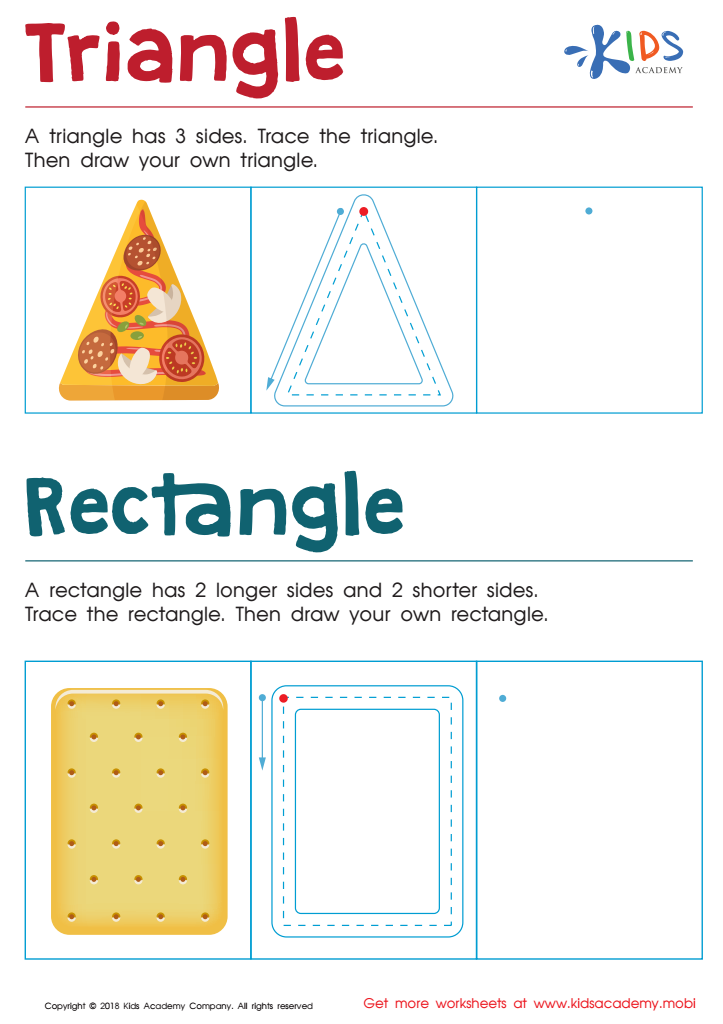

Triangle Rectangle Worksheet
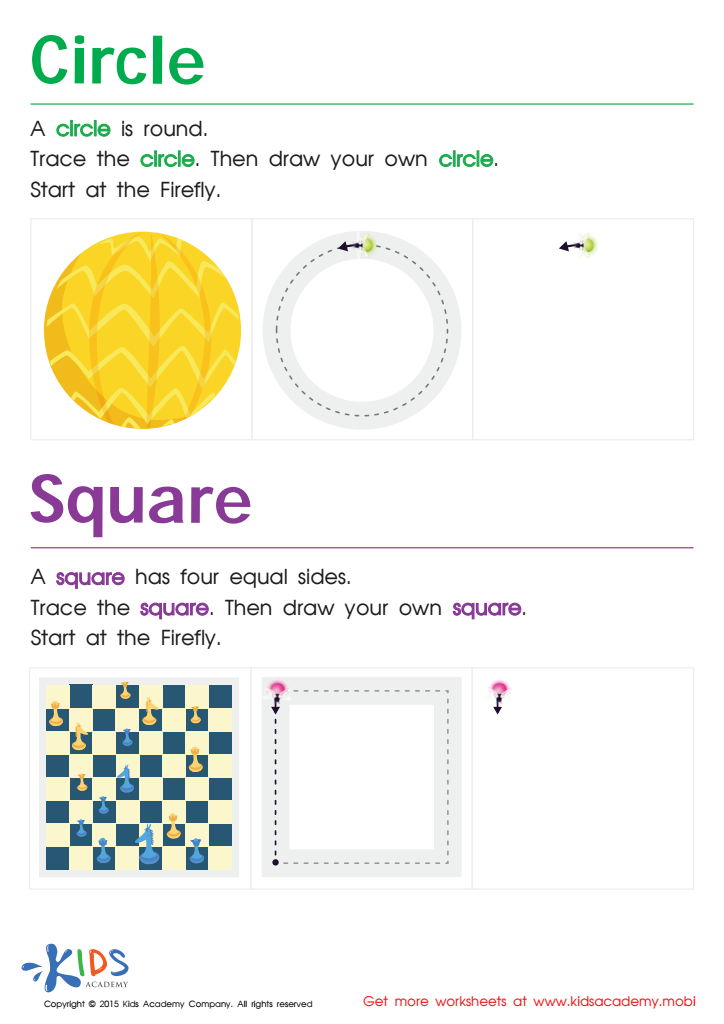

Trace And Draw a Circle And a Square Worksheet
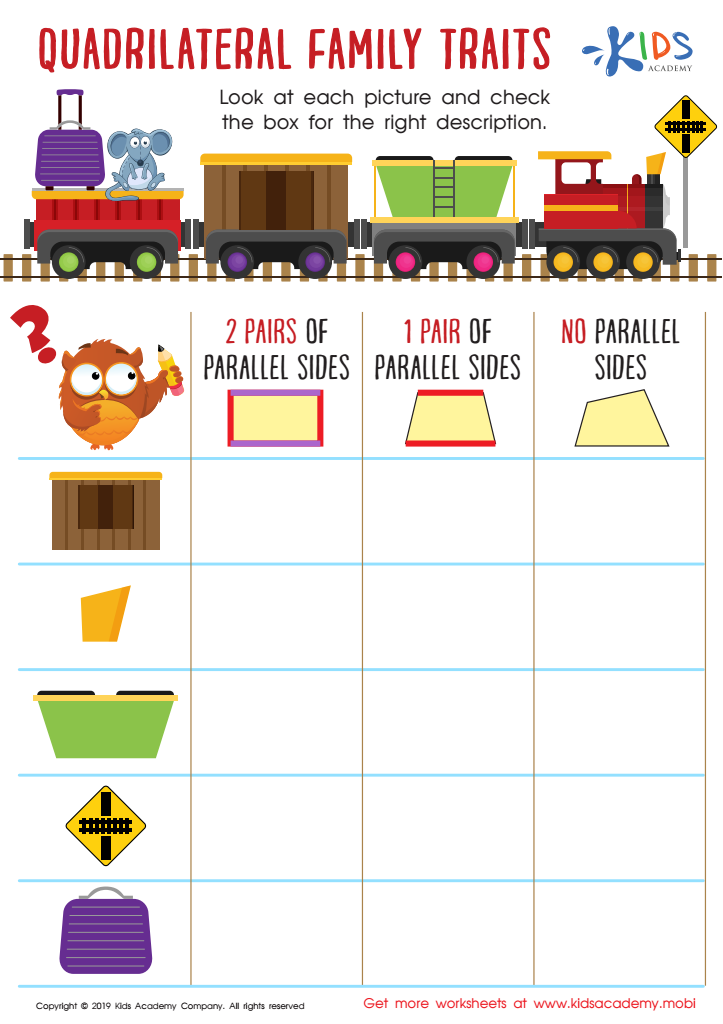

Quadrilateral Family Traits Worksheet
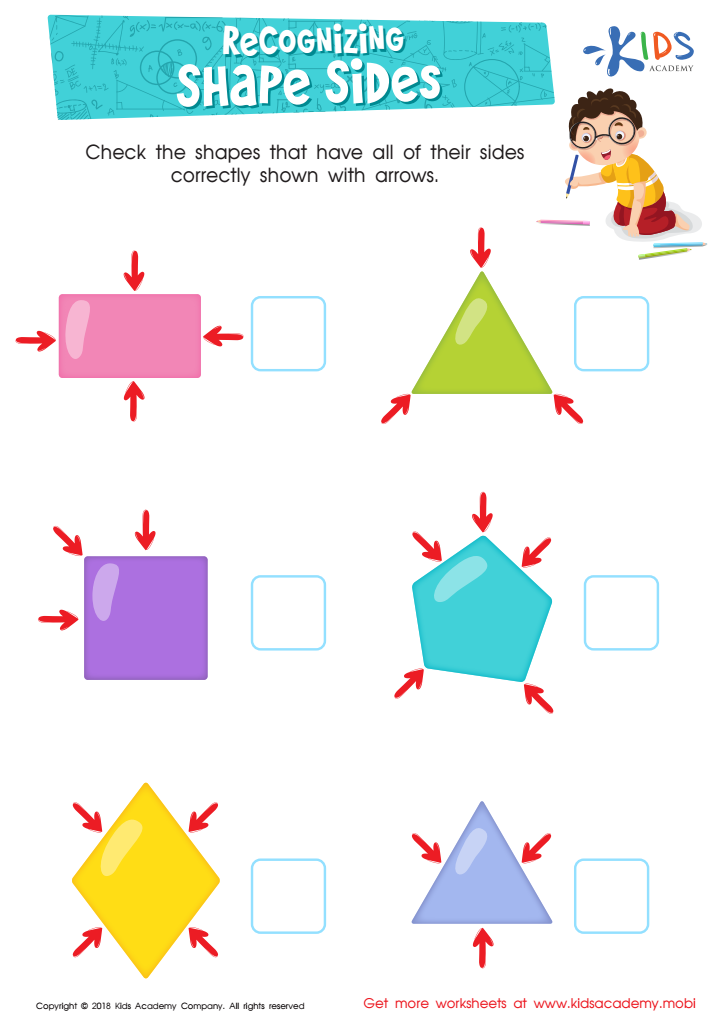

Recognizing Shape Sides Worksheet
Understanding normal 2D shapes is essential for children aged 7-9, as they form the foundation of mathematical concepts and spatial awareness. At this age, students begin to develop their geometry skills, which not only enhances their math comprehension but also nurtures critical thinking and problem-solving abilities. Recognizing and categorizing shapes such as circles, squares, triangles, and rectangles allows children to comprehend more complex mathematical principles later on.
Moreover, normal 2D shapes are intricately linked to real-world applications. When children grasp the properties of these shapes, they become better equipped to understand their environment, from recognizing shapes in architecture to understanding patterns in art and nature. This knowledge enriches their educational experiences and facilitates their ability to make connections across various subjects, including science and art.
Furthermore, educators and parents can use the exploration of shapes to foster creativity and inventive thinking. Engaging children in activities that involve drawing, constructing, or measuring shapes encourages hands-on learning, making the subject matter more relatable and enjoyable. Ultimately, prioritizing knowledge of 2D shapes aids cognitive development and sets the stage for future mathematical success, essential for a child’s overall educational journey.
 Assign to My Students
Assign to My Students
